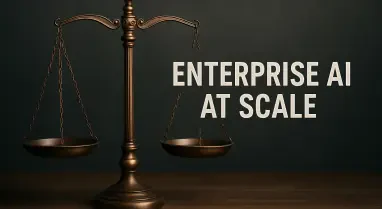Initiatives to enforce age verification online have become increasingly prominent, driven by new regulations in countries like the United Kingdom, which require users to prove their age before accessing adult content. This move aims to protect minors by replacing traditional self-reporting checkboxes with more advanced methods, including age-estimating facial scans, ID uploads, and credit card checks. This market analysis explores the burgeoning landscape of age-verification systems, highlighting trends, challenges, and projections that emphasize the pivotal role of these technologies in reshaping internet safety protocols globally.
Rising Demand for Robust Age-Verification Technologies
The surge in demand for comprehensive age-verification systems reveals a significant shift toward ensuring minors’ safety online. Newly enacted laws in various regions underscore the importance of accurate age verification, compelling platforms to adopt sophisticated methods to prevent unauthorized access to harmful content. In the United States, the Supreme Court’s decision allowing states to mandate age verification for pornographic websites has led Pornhub to restrict access across numerous states, exemplifying the growing momentum behind this trend. Similarly, countries like France, Ireland, and Australia are instituting measures beyond adult content to address self-harm and eating disorder material, reflecting a global commitment to safeguarding minors.
Implications of Privacy and Access Concerns
As these systems evolve, privacy concerns have emerged as significant challenges for consumers and human rights advocates. Assertions that age verification may intrude on personal privacy and hinder anonymous access to sensitive online data have sparked debate about balancing safety with the right to information. These concerns underscore the potential for restrictive measures to inadvertently limit access to educational content, such as LGBTQ discussions and reproductive health, raising the need for a nuanced approach that caters to both protection and privacy. The discussion around privacy and access reflects broader societal deliberations about the implications of digital identity management within the evolving age-verification landscape.
Technological Advancements Fueling Market Growth
The age-verification market continues to expand, propelled by technological innovations that optimize accuracy and efficiency. Emerging leaders like Yoti have harnessed advances in digital identity technologies, conducting millions of age checks daily across varied sectors, including social media, gaming, and retail. The UK’s Online Safety Act stands as a beacon, advocating for third-party verification services, which showcase industry-wide consensus on collaborative efforts to enforce enhanced protections. By embracing these technological developments, stakeholders in the age-verification market are setting clear standards for user safety, heralding a new era of innovation.
Strategic Insights and Future Considerations
From recent findings, strategic insights emphasize the need for continued investment in cutting-edge age-verification solutions while addressing privacy concerns head-on. It is crucial that businesses employ AI-driven safety features and third-party verification services to bolster their protective capabilities. As minors’ exposure to digital risks remains a pressing concern, industry leaders are urged to advocate for transparent policies and education campaigns that facilitate understanding among the public. The evolution of age-verification systems requires a concerted effort to ensure a balanced approach, integrating both safety and freedom in the digital realm.
In conclusion, the rapid expansion of age-verification systems in recent years highlights an unwavering dedication to safeguarding minors amid evolving digital complexities. Historical efforts have established a foundation for modern practices, emphasizing innovation and collaboration as key strategies. While balancing child safety with personal freedoms remains challenging, industry players are poised to develop solutions that anticipate future demands, reflecting a shared commitment to a safer online environment for all users.






